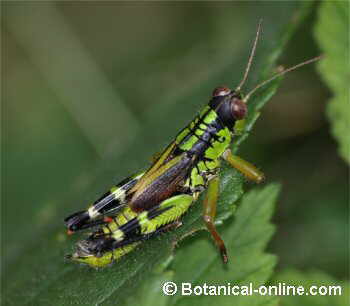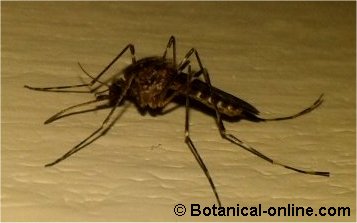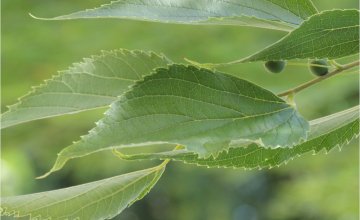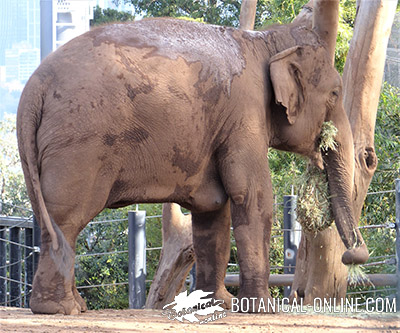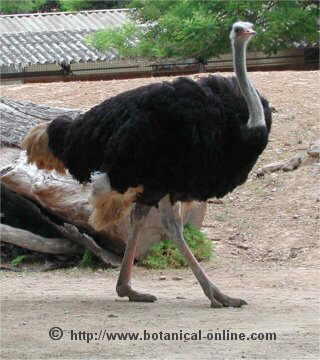Contents
What are cows like?
Common name: Cow
Scientific name: Bos primigenius taurus
Cow description
Cows are ungulates or hoofed mammals because they have legs ending in hooves like pigs or sheep.
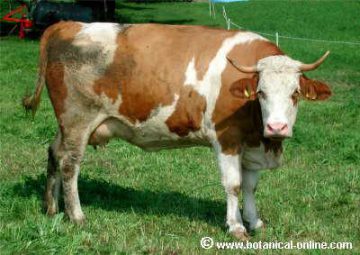
These animals are also artiodactyls, as are deers, pigs or bisons, because they have an even number of toes.
Cows are large and heavy mammals that can weigh up to 1,000 kg.
The hair of these mammals is short and not thick. It is dark, reddish, white or gray in color.
The tail of these ruminants is quite long, adorned at its end by a tuft of hair.
Cows have two hollow horns, as they belong to the cavicorn group, like goats or sheep.
These mammals have two hollow horns, like goats or sheep.
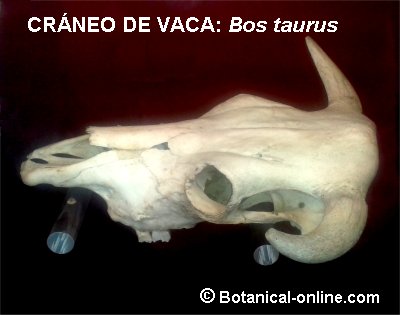
Where do cows live?
Depending on the productive type to which the cow belongs, it is kept in one exploitation system or another.
Dairy breeds are normally raised on farms. They are raised in an intensive system. Beef cows live outdoors. They are raised extensively, but can also be raised intensively.
Cow origin
Cows were domesticated in Asia about 7,000 or 8,000 years ago, from aurochs. Aurochs were large bovine animals, which lived in North Africa and Eurasia, with thick fur and long horns. It was somewhat reminiscent of the current Scottish breed.
This animal was domesticated long ago, at a time similar to that of sheep, goats or pigs.
Cow utility
Milk and meat are obtained from cows. A cow produces about 4,000 liters of milk per year, but some produce up to 10,000 liters.
The manure of these vertebrates is a good fertilizer and also serves as fuel. A cow produces more than 50 liters of manure per day. The main disadvantage of cattle farming for the health of the planet is the emission of 12% of methane gas.
In developing countries, oxen are still used as animal power in fieldwork, for ploughing or pulling carts.
Cows are revered as a religious symbol by more than 700 million people.
What do cows eat?
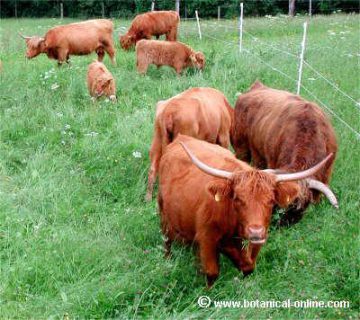
On farms, cows are fed with fodder, concentrates, and vitamins and minerals. Forages are the green part of grasses or legumes and contain a high fiber content. Forages can be preserved as silage or hay.
Concentrates, also known as feeds, are high in energy and low in fiber. Concentrates include cereal grains (barley, corn, rice, wheat, sorghum), legume seeds (beans, chickpeas), etc.
When cows are raised in an extensive system, that is, in nature, they feed on grass that grows on the mountain or field made up of different types of grasses.
Cow reproduction
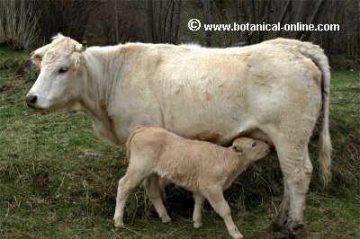
Cow reproduction can occur throughout the year, although spring is when most calves are born.
Gestation lasts 9 months and gives birth to a single calf of about 30 to 40 kg in weight. First, it is called yearling calf. Later it is called steer or heifer, depending on the sex.
Cows and bulls are ready to reproduce at from the age of two. This mammal can reproduce up to 12 years of age. After 2 and a half years, the young reach adult weight.
Cow breeds
The Holstein Friesian and the Brown Swiss are dairy breeds. The Charolais or the Limousine are meat breeds. The British Longhorn cattle breed is one of the oldest and the one that was first bred for beef production.
The most productive dairy cow breed is Holstein Friesian. It produces 30,000 liters of milk per year.
The countries with the highest number of cows are India (more than 250,000,000), Brazil, China, the United States and Argentina. Currently, there are more than one trillion head of cattle around the world.
![]() More information on cows
More information on cows

